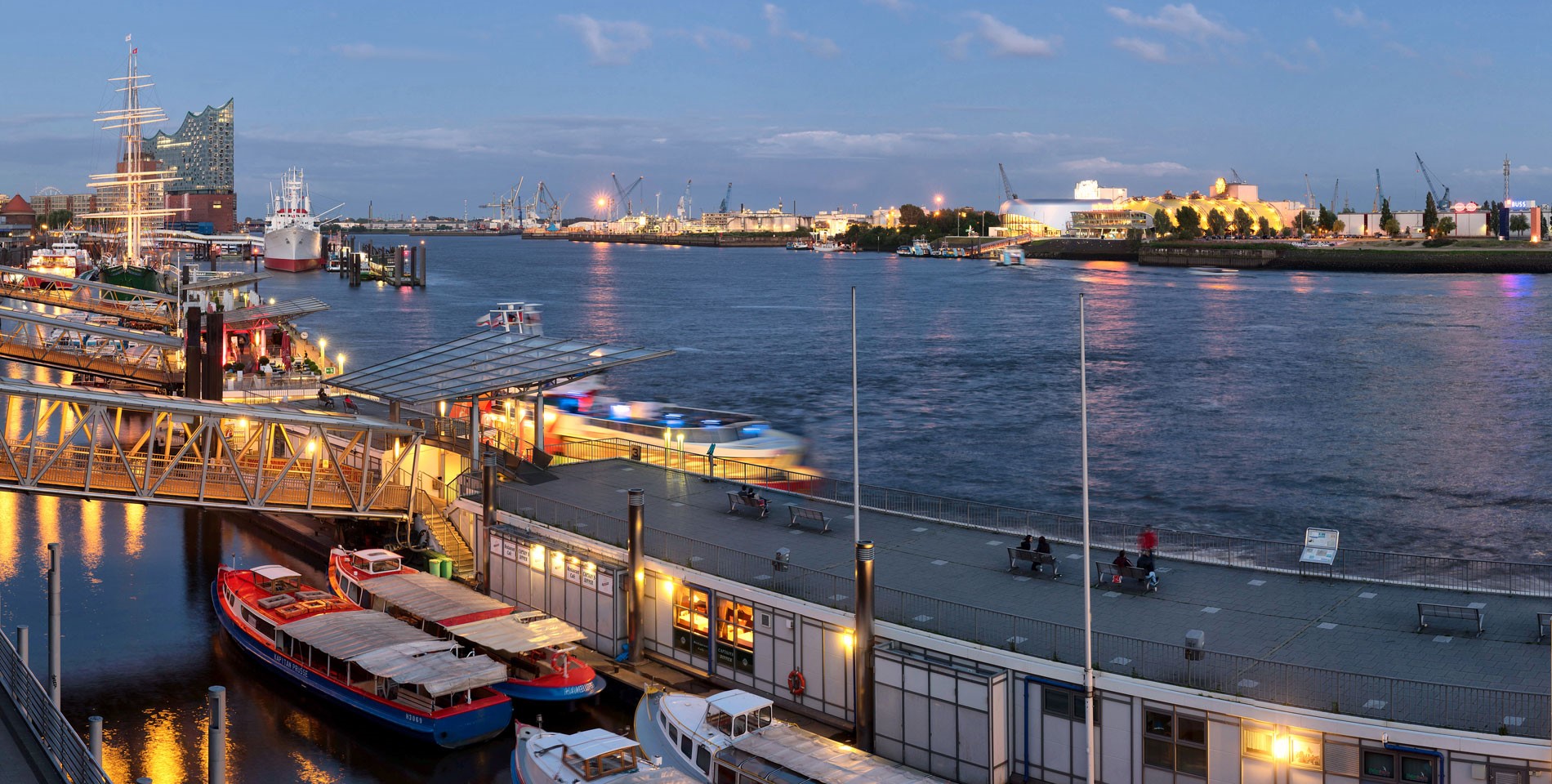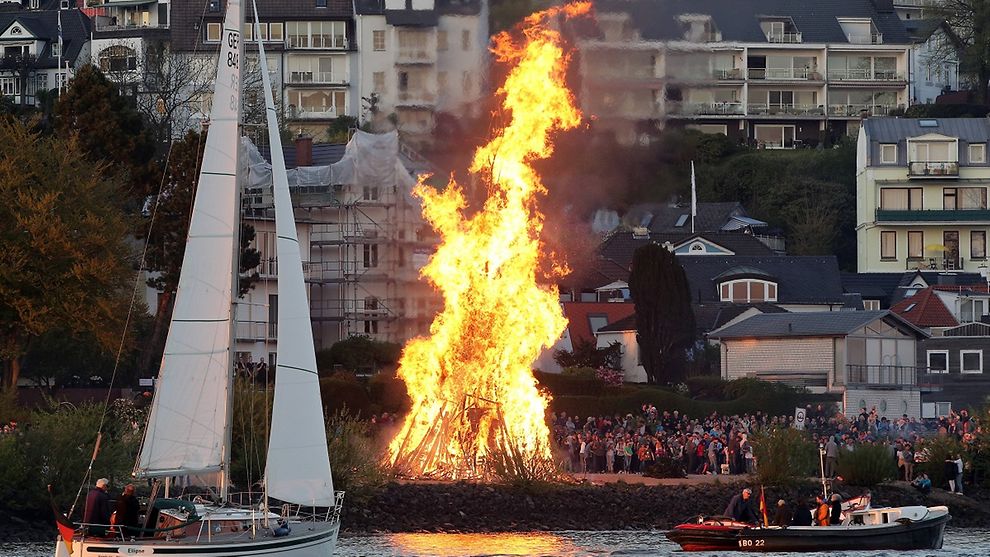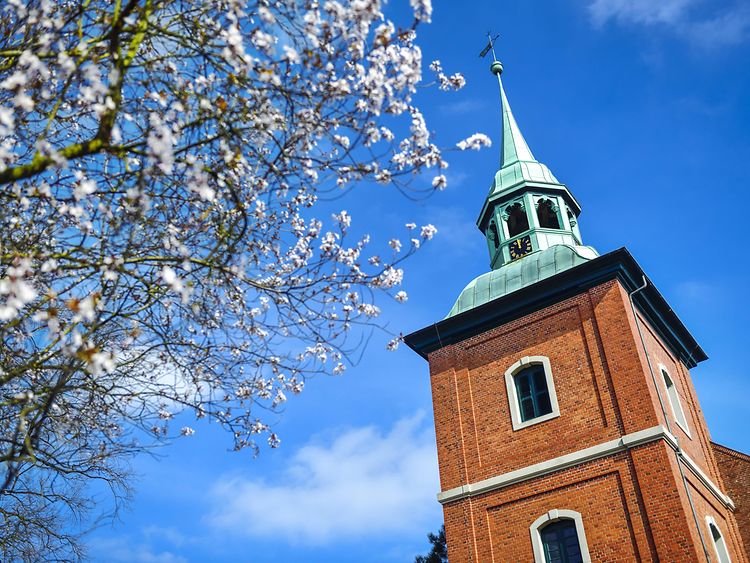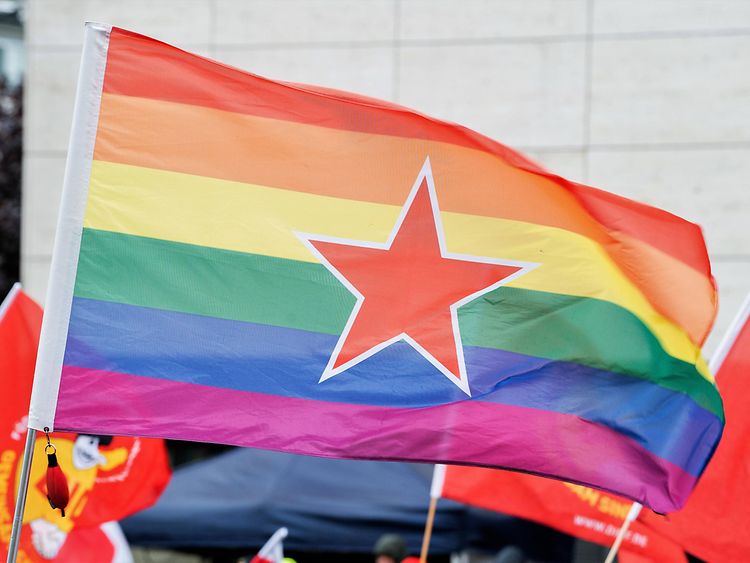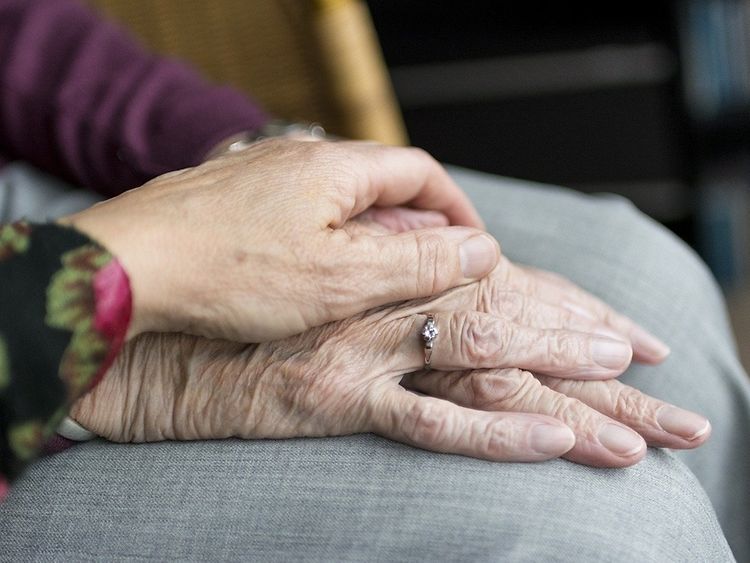Osterfeuer Tradition
Osterfeuer, or Easter bonfires, are a very old tradition that harks back a long time. It is said that even the ancient Egyptians lit huge bonfires to drive winter away and welcome the sun. This custom spread out to what later became Northern Germany, and by the Early Middle Ages, Christians adopted the pagan spring ceremonies and incorporated them into their liturgical Easter services.
At that time, a small fire – the Easter Fire – was lit and consecrated by a priest. Once the congregation had gathered around the Easter Fire, the priest would light the Paschal candle from the fire and carry it into the dark church. This was meant to symbolise the beginning of a new Easter Vigil and the rebirth of Christ.
Why Northern Germany?
The tradition has some practical appeal as well: this early-spring rite coincides with the trimming of the many hedges, trees and stretches of woodland that are used in northern Germany to separate plots and farmland. As these trimmings need to be disposed of, huge Osterfeuer bonfires are piled high every Easter and lit up to the delight of the communities in neighbouring villages and rural areas.
Over the course of centuries, these large bonfires have become a seasonal tradition allowing neighbours and communities to catch up and get reacquainted after a long and harsh winter. Guarded by the local Freiwillige Feuerwehr associations, it goes without saying that no Easter bonfire is complete without a steady supply of beer, mulled wine and grilled goods. After all, this is something that most Christians and pagans alike can agree on.
Bonfire traditions are not limited to the north of Germany, though they are called by different names in other areas: the Eifel region has its Hüttenbrennen (lit. ‘burning of the huts’) and the region around Lake Constance celebrates the Funkenfeuer (lit. ‘spark fires’). However, these usually take place significantly earlier in the year. This is also one of the reasons why Osterfeuer are not to be confused with the quite distinct North Frisian tradition of Biikebrennen, where piles of wood and reed would be burned to bid farewell to the seamen at the beginning of whaling season.
Regular Osterfeuer in Hamburg
Hailing from a rural tradition, Easter bonfires are most common in Hamburg’s suburban neighbourhoods and the outskirts. Two of the most notable bonfires are the Osterfeuer at the Elbstrand Blankenese and the giant bonfire at Horner Rennbahn, both happening on Holy Saturday evening.
But there are also some smaller bonfires on Holy Saturday and Easter Sunday night from Stellingen and Eidelstedt all the way to Langenhorn and the Wandsbek neighbourhoods of Poppenbüttel, Bergstedt and Volksdorf.
